If you were to ask a handful of larger construction company owners how to lower their insurance costs, you would likely hear them discuss their E-mod—and for good reason. An E-mod rating is used to measure how a company compares to other companies in the industry regarding risk and safety. It is a primary factor in determining the Worker’s Compensation premium. It is important for every business to understand what an E-mod is and how it is used to help lower insurance premium costs.
What is an E-mod and how does it impact insurance?
An E-mod is a shortened word for the Experience Modification Factor. It is determined based on industry-specific calculations or formulas and the National Council on Compensation Insurance (NCCI). Essentially, the higher the E-mod, the more a company will pay for their Worker’s Compensation coverage and vice versa. All businesses start with a base E-mod of 1. From there, the E-mod value will go up when there is a workplace accident or injury, and it will go down after sustained periods of no incidents occur. The E-mod rating fluctuates based on workplace incidents and loss experience over a specific period, depending on the operations of the workplace. The rating system is used as a multiplier when calculating premiums. So, always be aware that it is being added to your cost calculations. It is applied to the policy’s premium as either a credit or a debit before any other factors are considered. If a business runs at higher risk, then it will have a debt E-mod, which will result in a surcharge on your premiums. It compares your expected loss values to your actual loss values, as well as to other companies within your industry. E-mod is centered around calculating losses for your business.

E-mods have an impact on more than just insurance pricing. Depending on the industry, a company’s E-mod rating can affect its ability to obtain contracts. Government agencies, for example, have very specific rules for E-mods. Companies that exceed a designated limit may often face difficulties in obtaining contracts. This is due to the increased safety risk associated with higher E-mod ratings. A company that knows and understands its E-mod can get a very accurate picture of how effective its loss prevention efforts are.
How to lower an E-mod

Every business that wants to lower Worker’s Compensation costs should have a continual focus on lowering their E-mod. Although there are many things businesses can do to lower their rating, we’ll cover the 2 most important action steps here.
First, control the data. E-mods are calculated based on data reported to the rating bureau by past insurers, payroll size, industry classification, and other state-specific factors. If the data reported is inaccurate or incomplete, your rating will be incorrect and possibly higher than it should be. Reporting accuracy is very important. To ensure the correct rating is assigned, businesses should regularly review their losses and payroll with their agent to ensure accuracy. If they are not, it could have serious consequences for your premium calculation and price.
Second, prioritize safety above all else. A focus on creating a sustainable safety culture is key to keeping a low E-mod rating. It is important for not only employees to practice safety but for leaders to exemplify a culture of safety. When a business has this kind of culture, with leadership actively involved in promoting safety, employees feel more empowered, valued, and vigilant toward one another.
There are many possible risks that could be identified early and prevented. It is up to your business and its employees to stay diligent. The entire company should be constantly on the lookout for ways to improve safety, and not just to fulfill minimal compliance requirements. Safety needs to be a conscious decision for everyone involved, or accidents and injuries will happen.
Creating such a dynamic safety culture is a top-down affair, but is very doable. There are many small and big steps you could take to stay ahead and prepared when it comes to risk and safety. Here are some key steps to implement for developing a strong safety culture.
- A safety program that is well-known to all employees
- Return-to-work and Light-duty program for when an injury occurs
- Robust onboarding/training for all new employees
- Hazardous Communication Procedures
- Auto or Fleet Safety Policies
- Incident/Injury reporting process that is known by all
- Employee manual
- Ongoing weekly/regular training for high-risk workers
